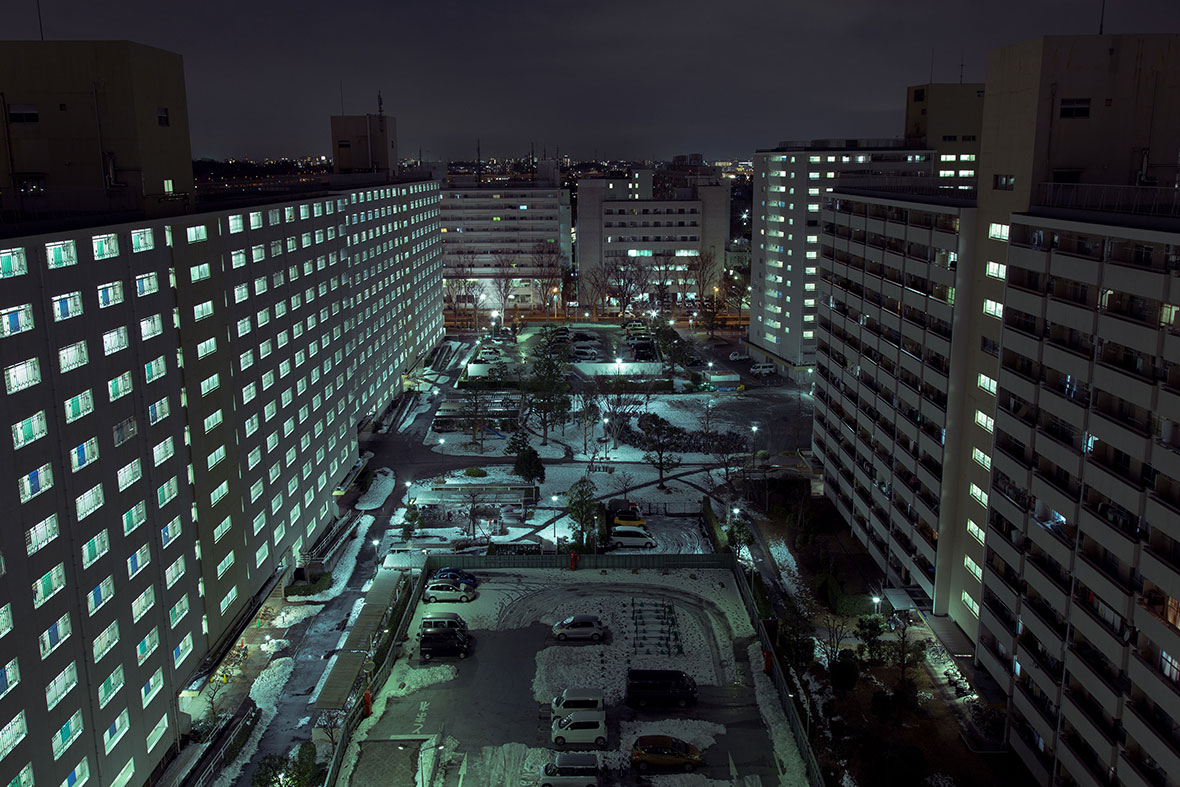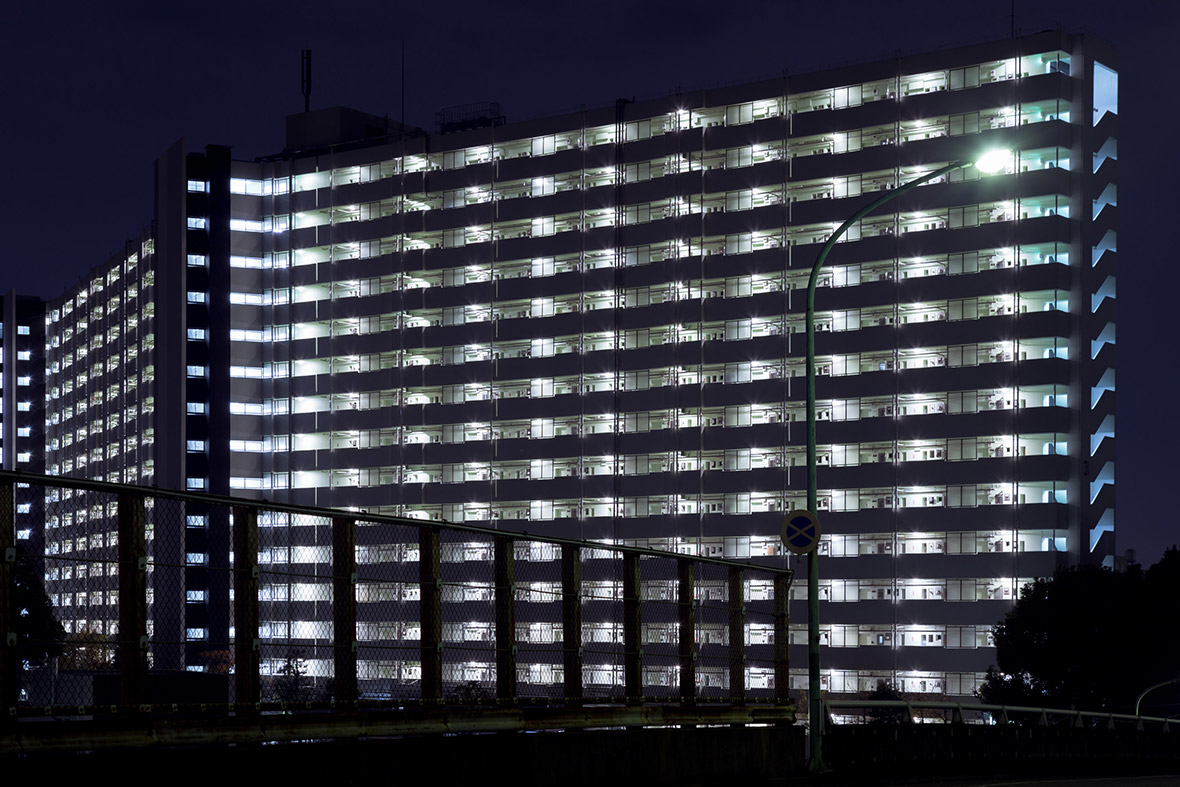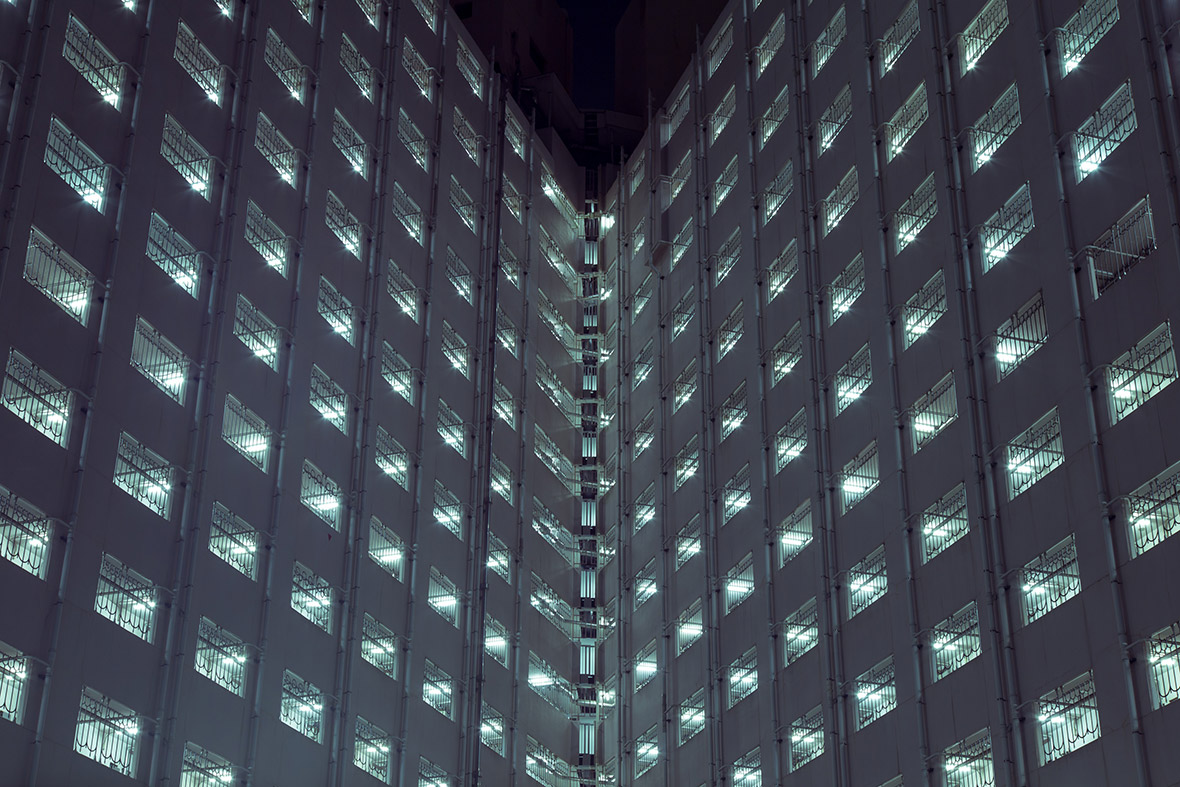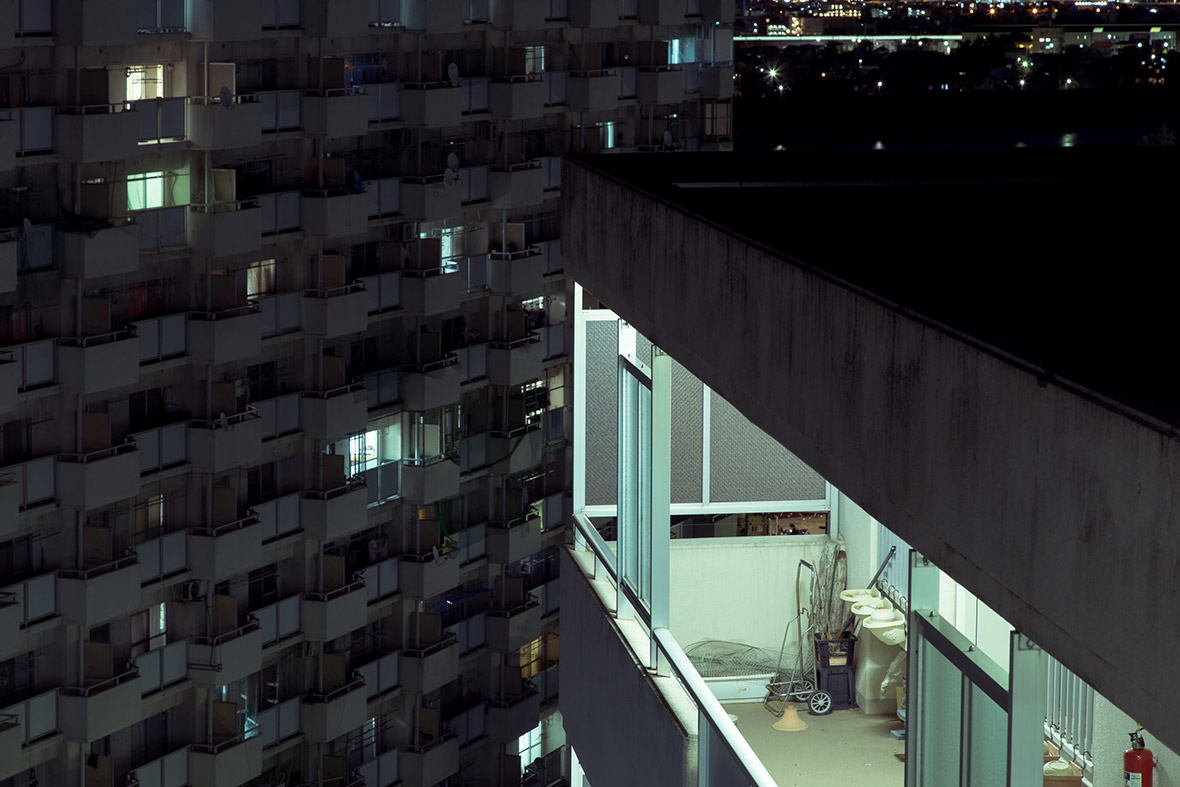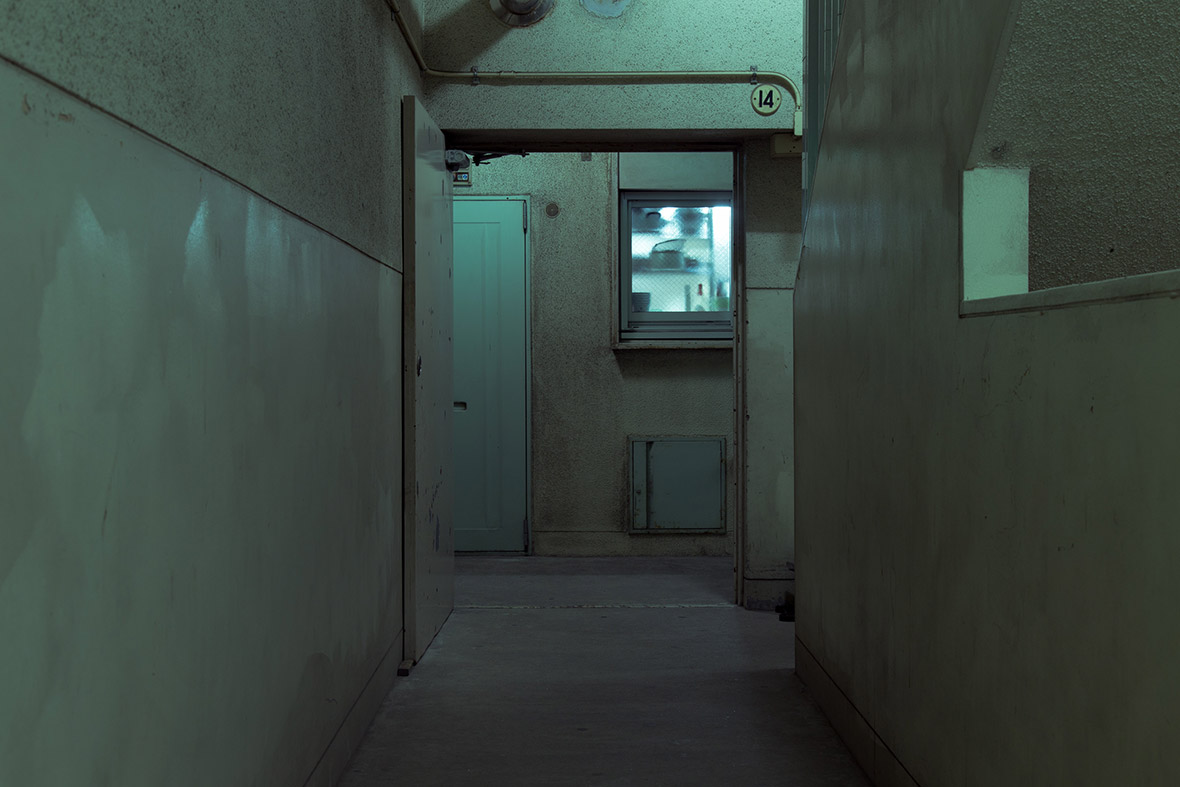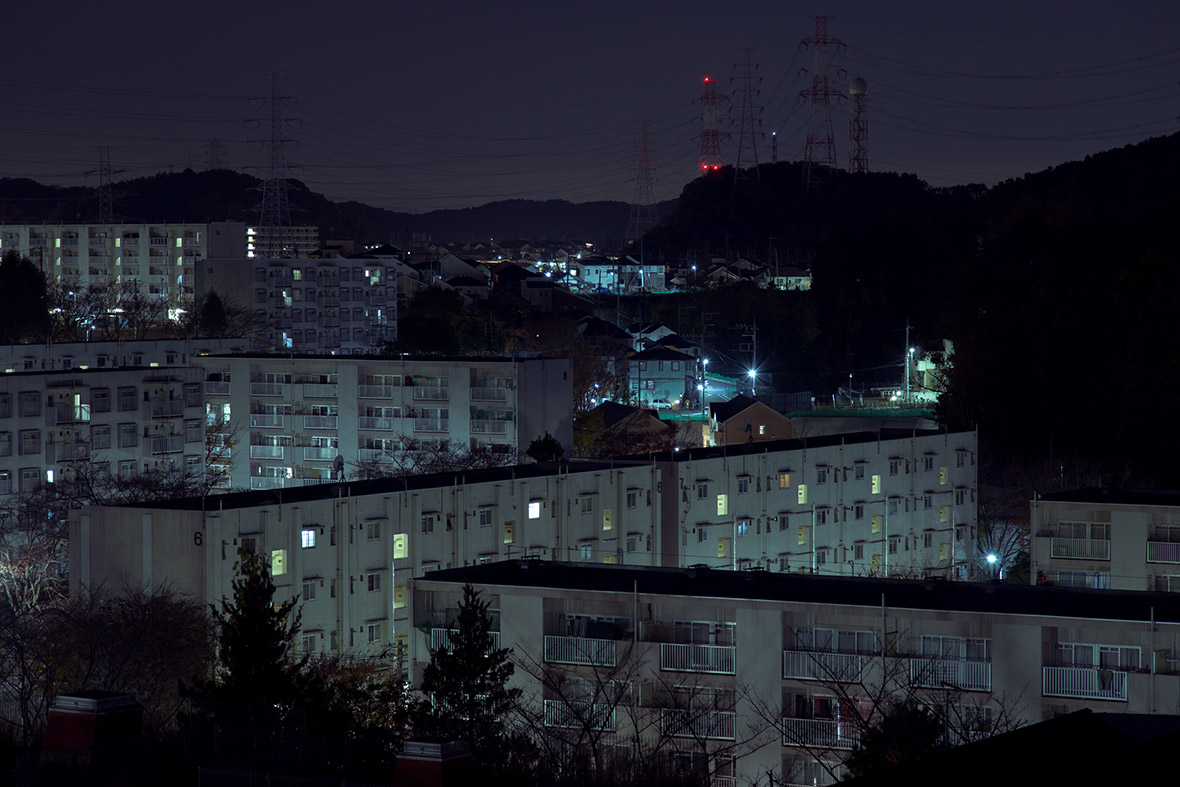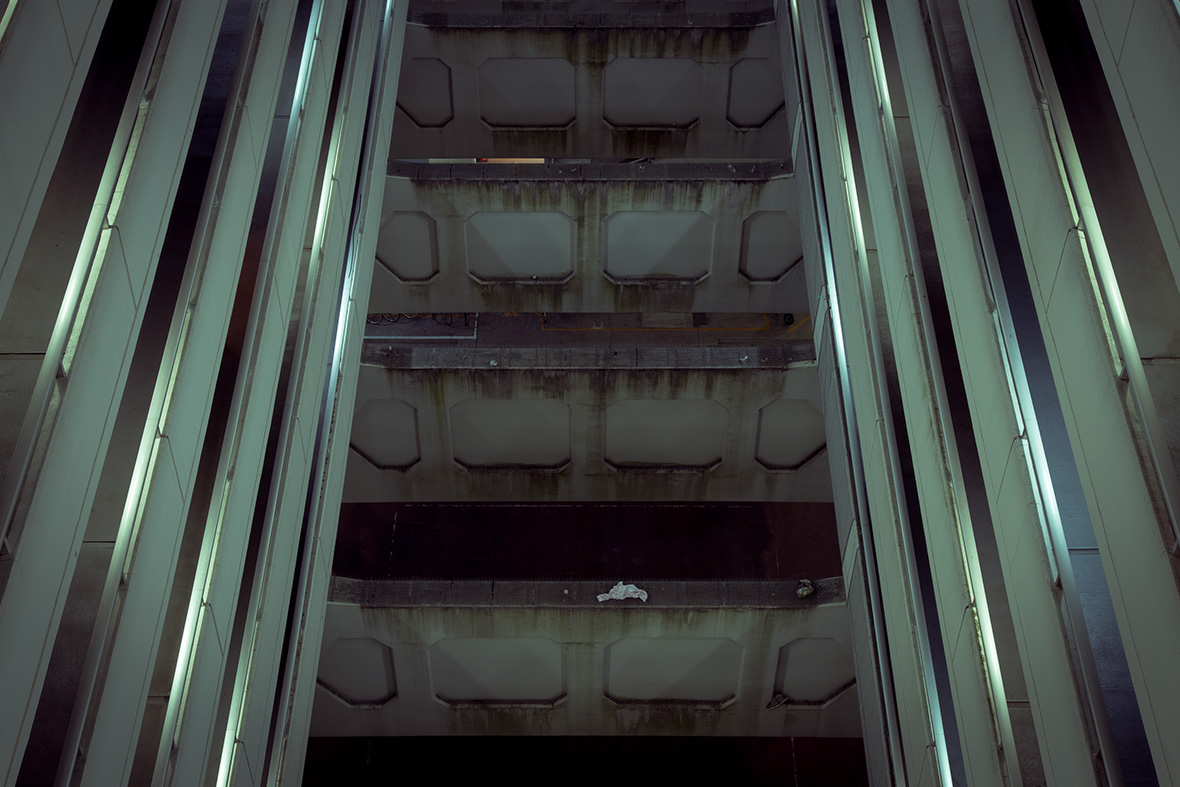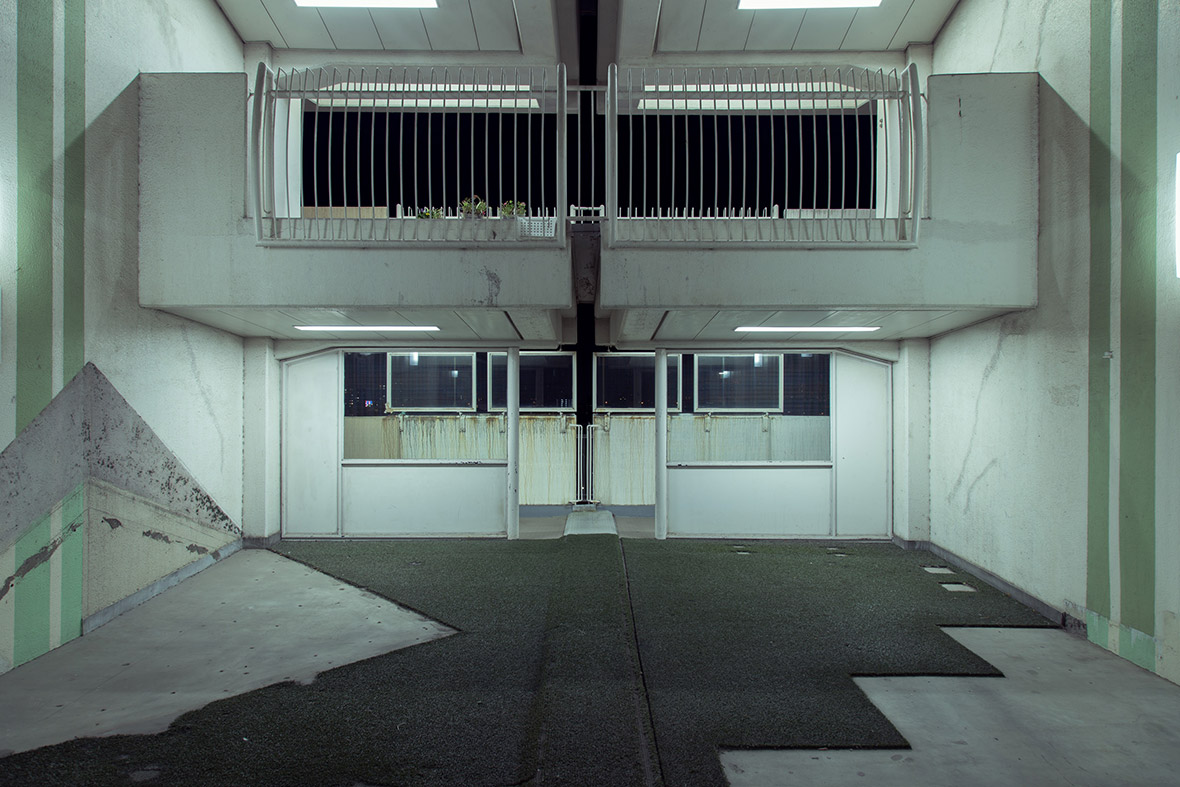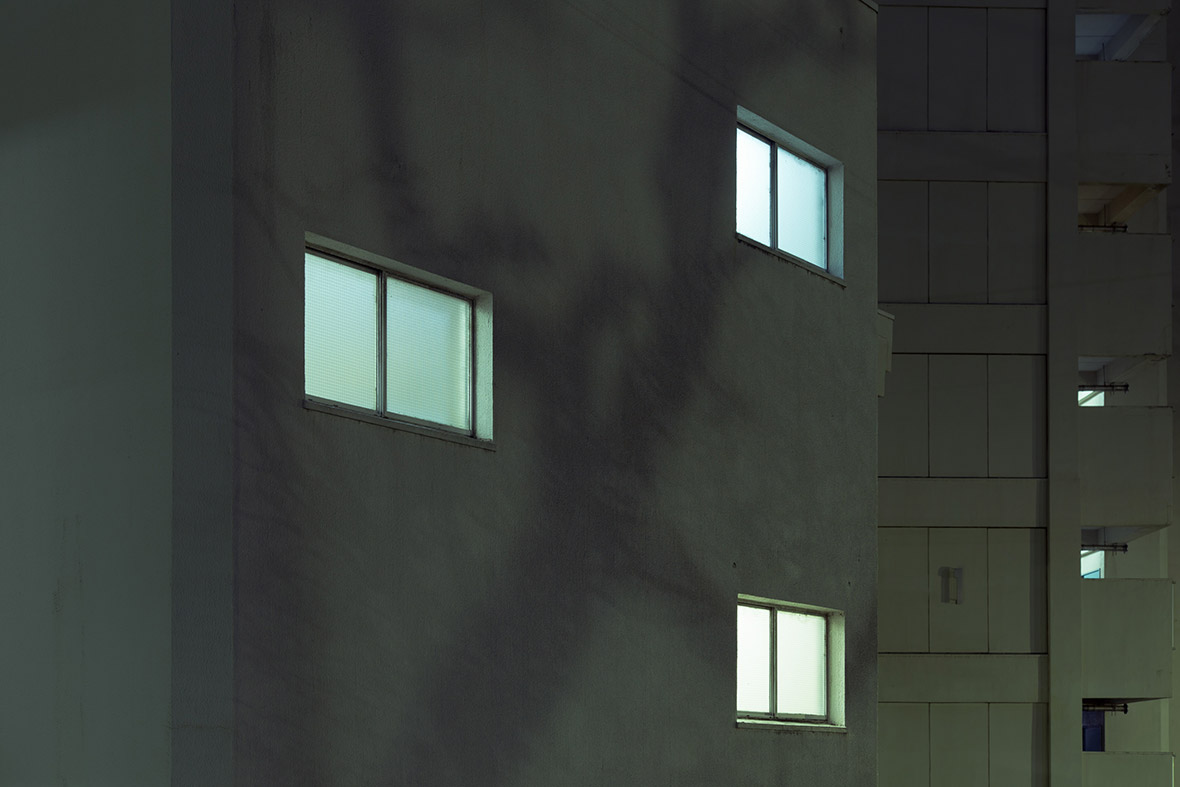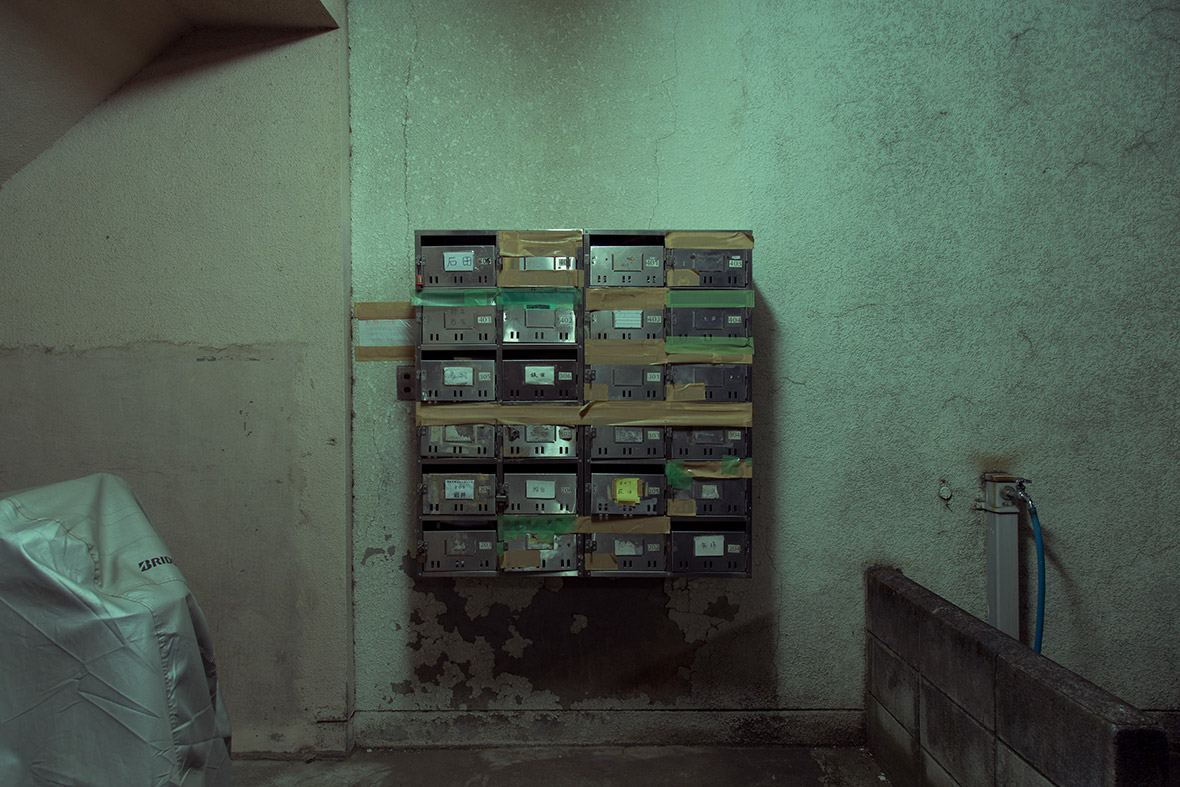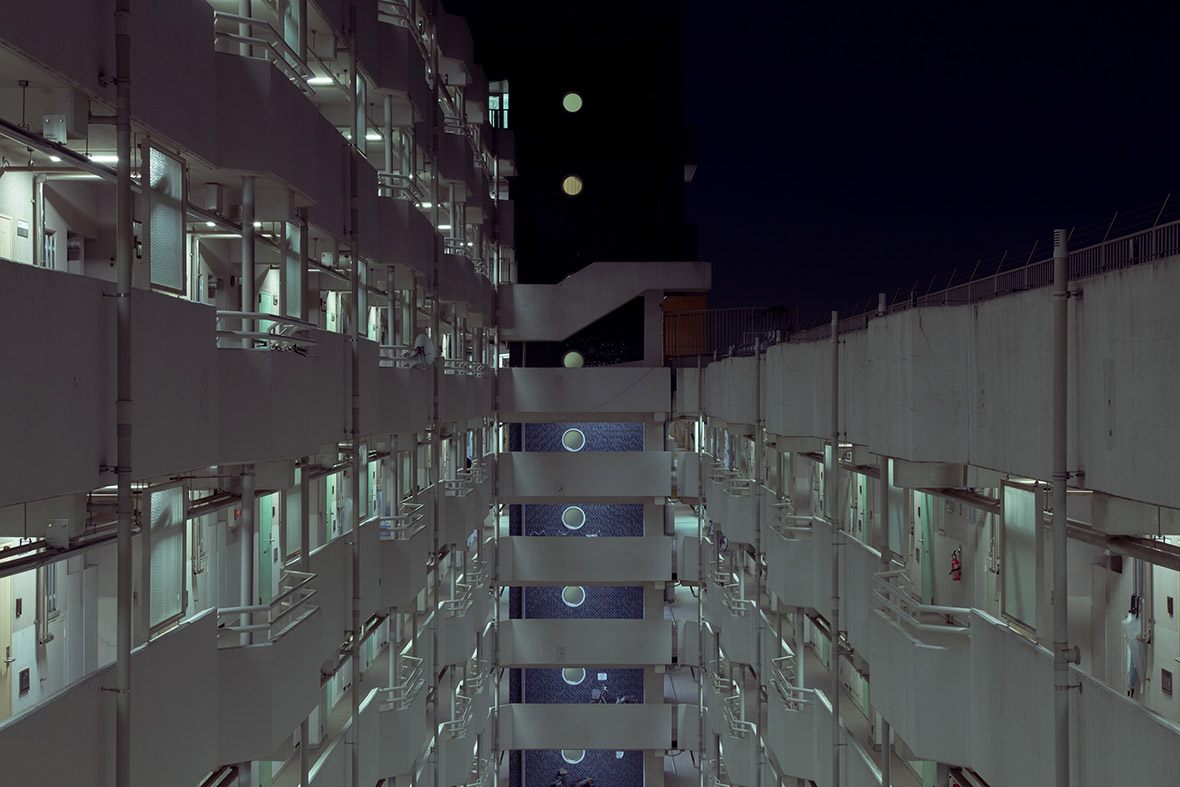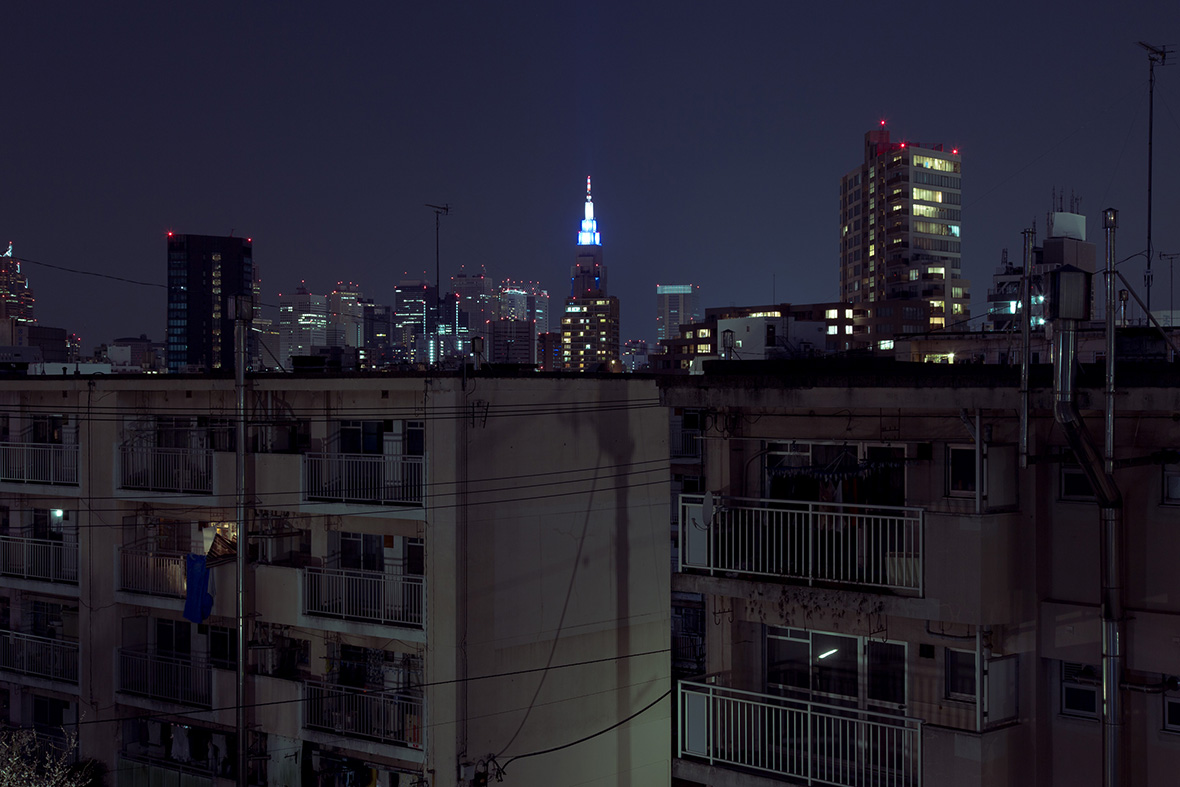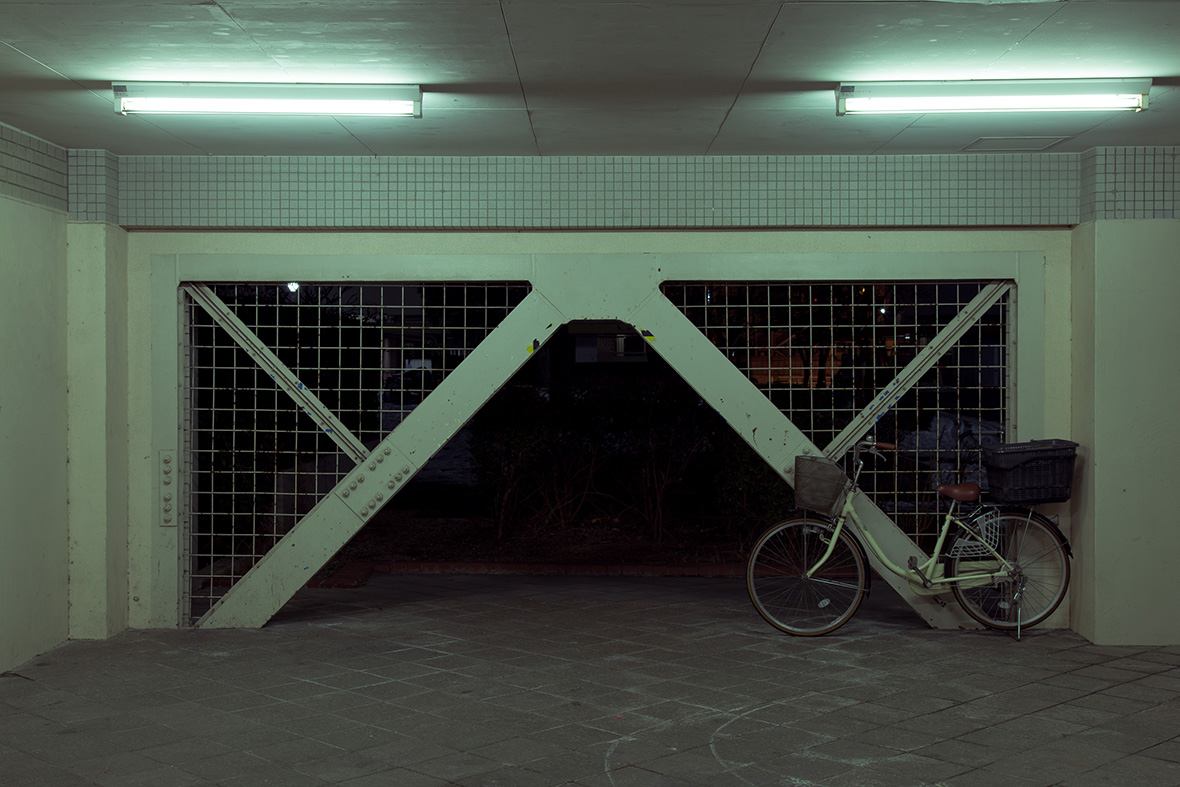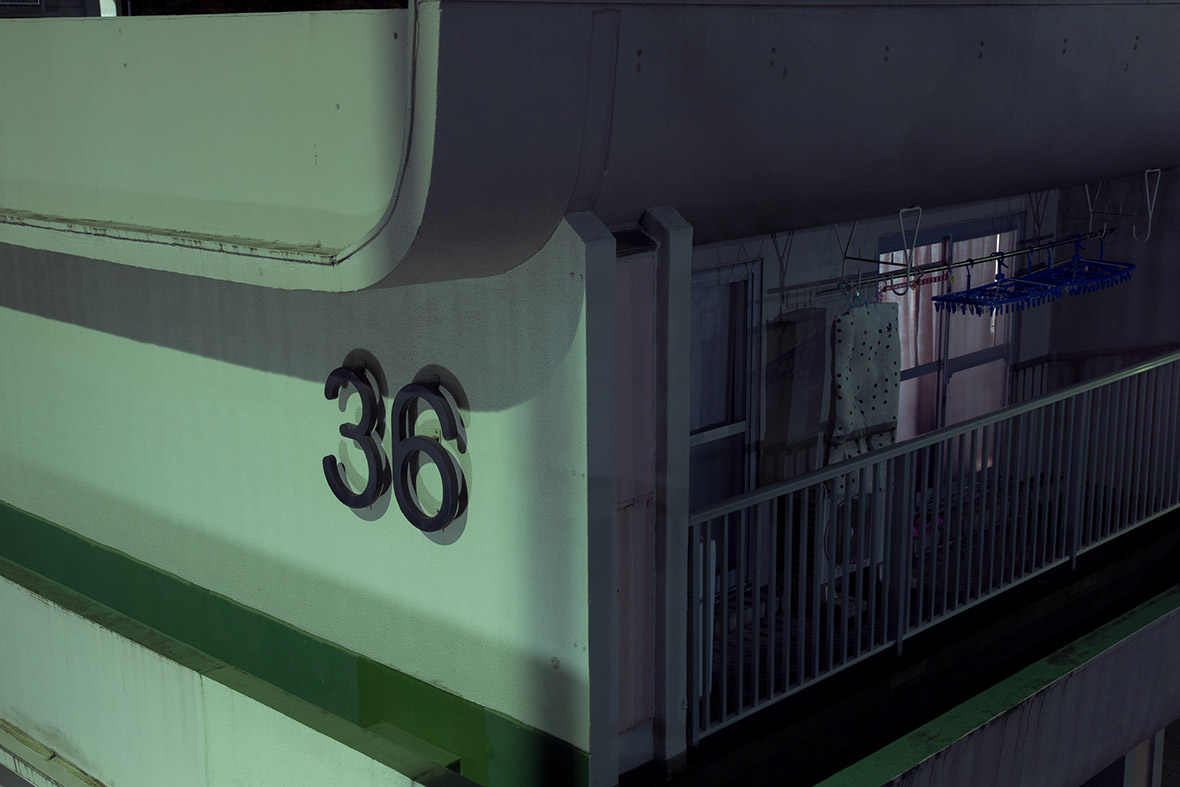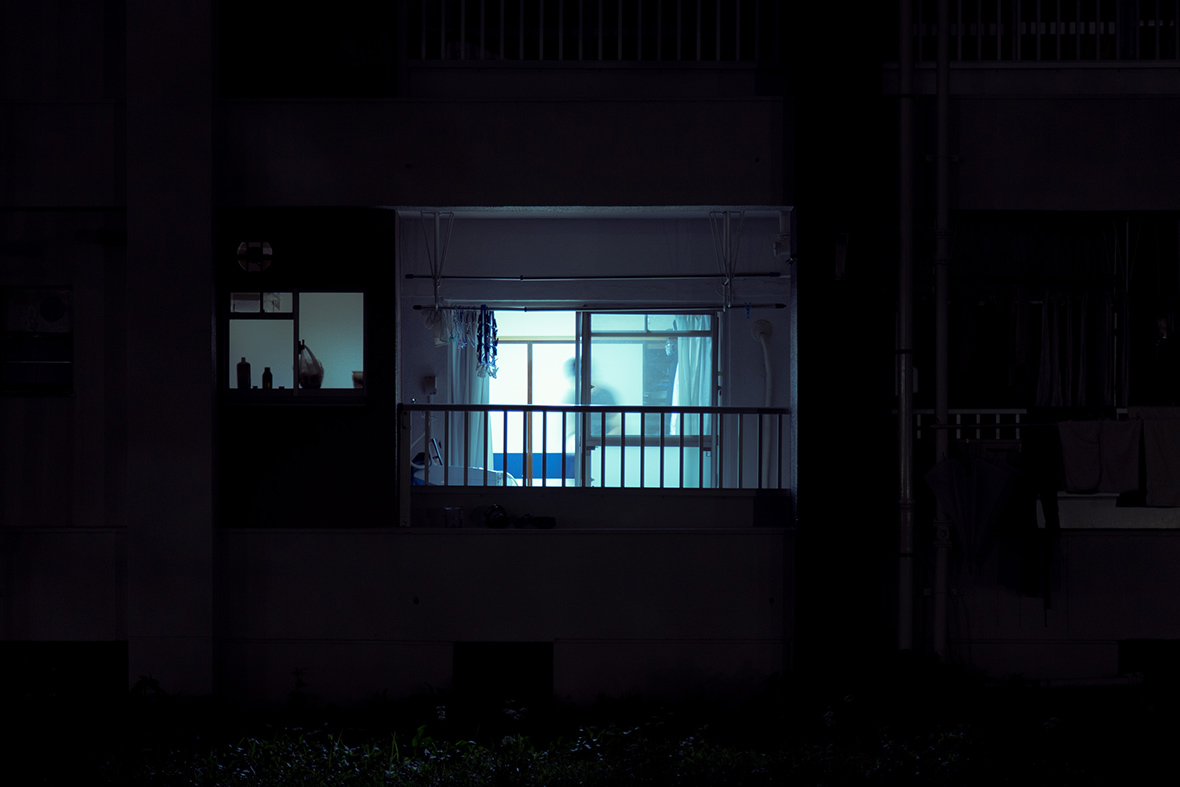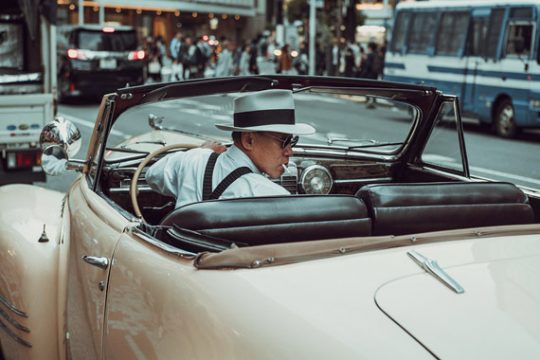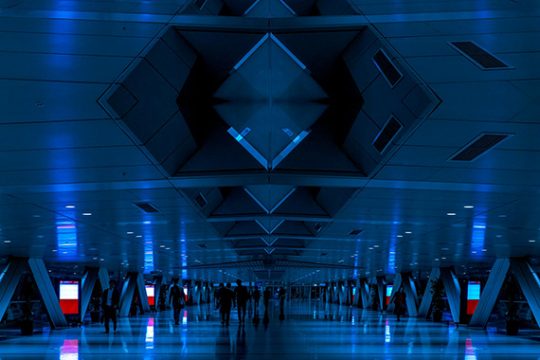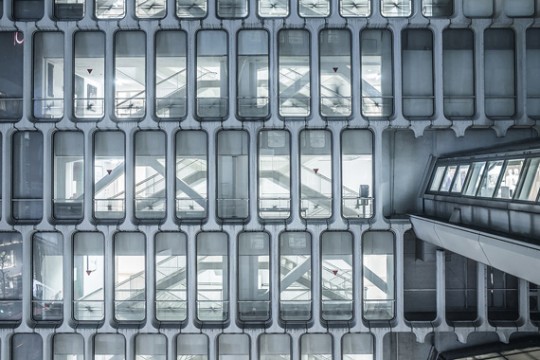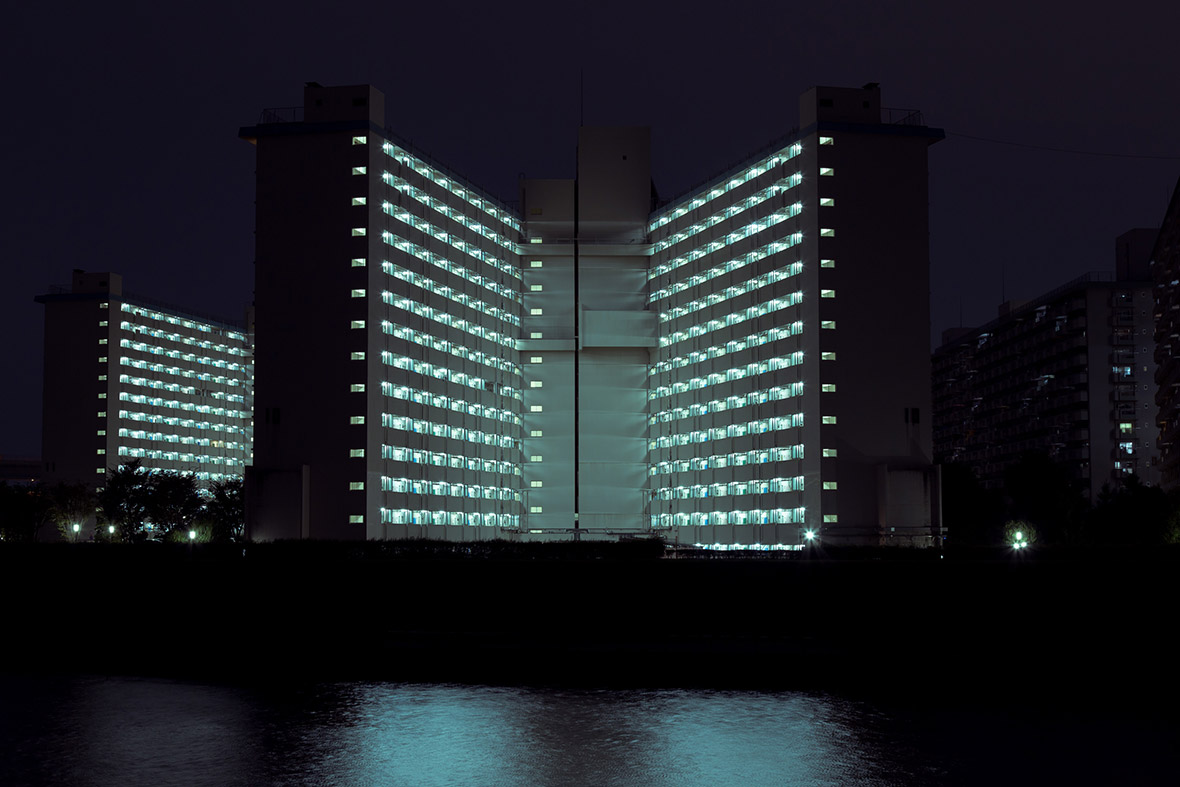
DANCHI: Dreams of Modernity is a project by Tokyo-based photographer Cody Ellingham that captures the decline of Tokyo’s ultramodern dreams through its decaying apartment complexes. For the project, Ellingham explored over 40 Japanese public housing blocks, which are known as danchi.
《DANCHI: Dreams of Modernity》(团地:现代化的梦想)是东京摄影师 Cody Ellingham 所创作的摄影项目,旨在通过东京市内荒废的公寓大楼,呈现这座城市超现代化梦想的衰落。Cody 探访了大约40个被日本人称为“danchi”(团地)的公共住房大楼。
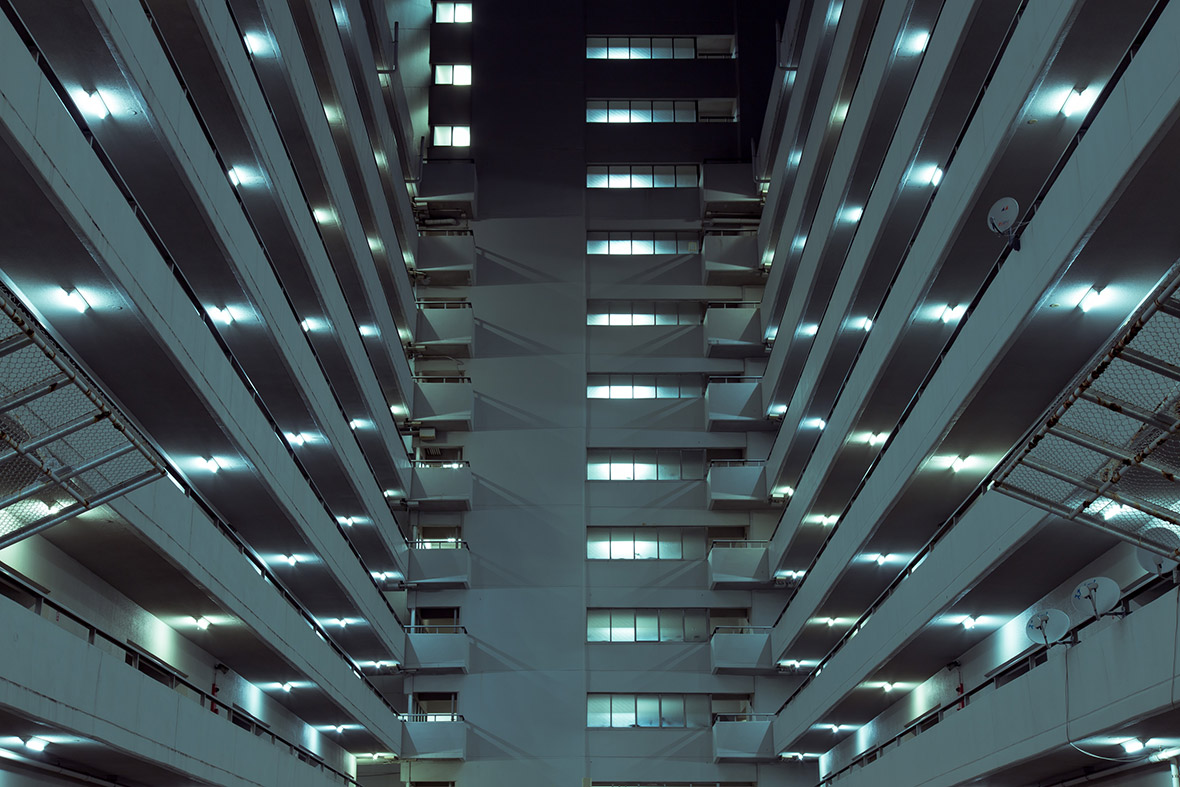
Danchi are often built in clusters of up to 70 buildings, with identical exteriors for individual apartments. They began being built in Japan in the 1950s to replace the wooden buildings that were destroyed during World War II. At the time, danchi represented the country’s post-war aspirations and its path towards a new modernity. The vast apartment blocks, often built on the suburban outskirts of the city, were meant to satisfy the booming housing demand of Japan’s rapidly urbanizing population. In 1960, the Hibarigaoka Danchi had even attracted a visit from the Japanese Crown Prince, but fast forward to today, the once-dignified housing complex is now being used as a car park.
“Danchi”通常是由多达70座公寓楼组成的密集建筑群,每一间的公寓楼都有着一模一样的外观。从20世纪50年代开始,日本开始建造 danchi,以取代二战期间被摧毁的木制建筑。当时,danchi 代表着日本的战后愿望及其走向新现代的道路。大片的 danchi 公寓楼群通常建在郊区,用来应对日本因为城市化迅速发展的人口膨胀带来的住房需求。1960年,曾经代表中产阶级地位的云雀丘团地(Hibarigaoka Danchi)甚至吸引了日本王储的访问,但这幢建筑如今已经被改造成停车场使用。
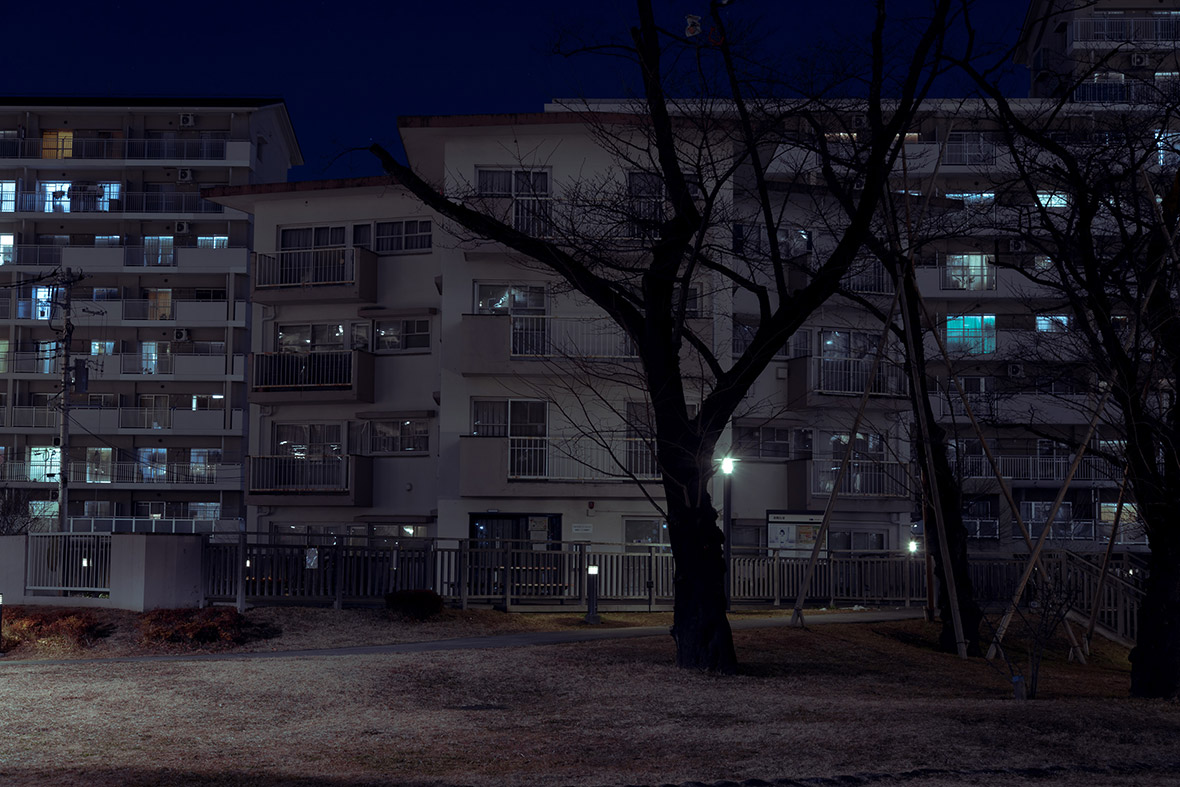
As fewer and fewer Japanese choose to live in them, many danchi have fallen into decay. The ones that remain are now mostly inhabited by immigrants and the elderly. According to Ellingham, many of the surviving danchi are viewed by the public as being archaic and pointless – they are often not up to date with earthquake and fire safety standards, and many are not serviced by elevators.
从20世纪60年代以来,danchi 逐渐老化,其中一些甚至沦为荒废之地。今天,越来越少日本人愿意住在 danchi,现在居住在里面的大多都是移民和老人。Cody 表示,在人们眼中,danchi大都是一些过时的建筑,它们通常都不能符合现代地震和消防安全标准,许多甚至都没有装电梯。
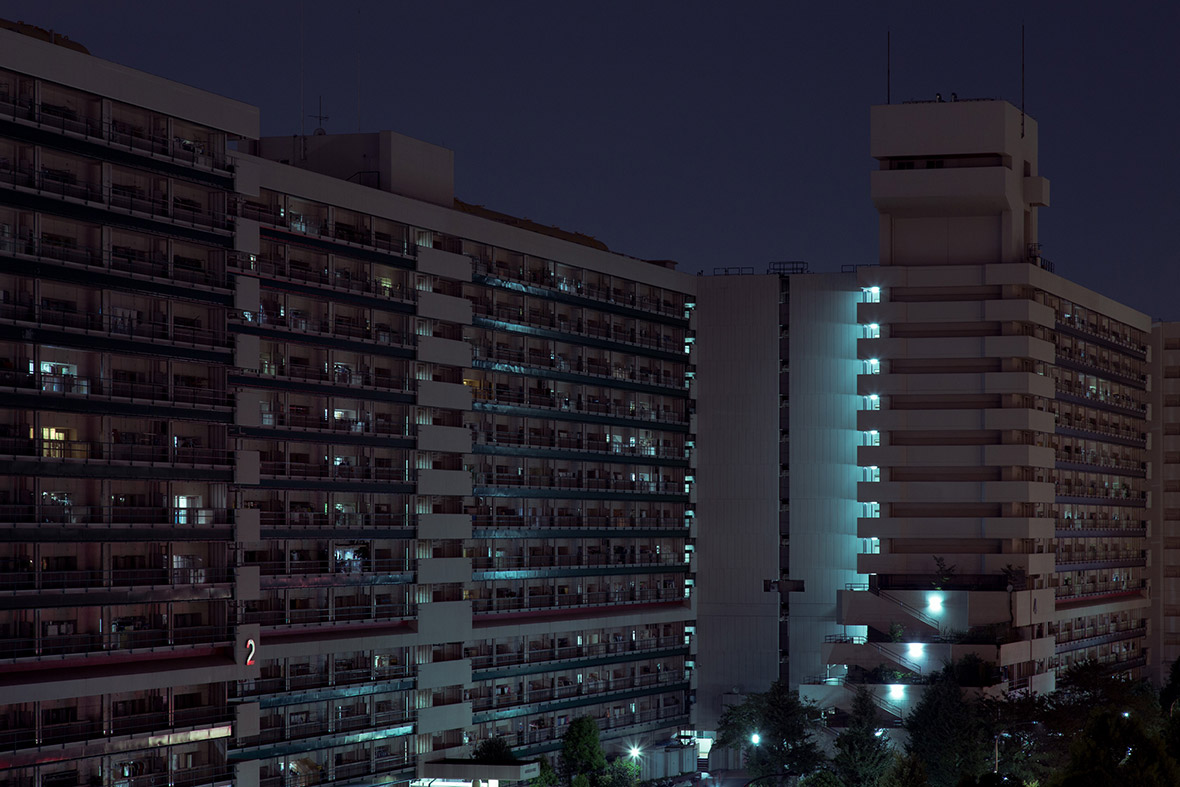
Ellingham tells us his thoughts about the project and how it began: “The exhibition was inspired by places. It started as an interest in form, but it’s evolved into an interest in why. It’s to understand the way a place can influence lives. In a way it’s quite Kafka-esque – you have the same life as the person next door to you.”
Cody 跟我们分享了他对这个项目的想法以及创作的初衷:“整个展览是以地点为启发的。一开始,我只是出于对形式的兴趣,但慢慢演变成对‘为什么’感兴趣,即地点是如何影响生活的。在某种程度上,这是非常卡夫卡式的——你和你隔壁的人有着同样的生活。”
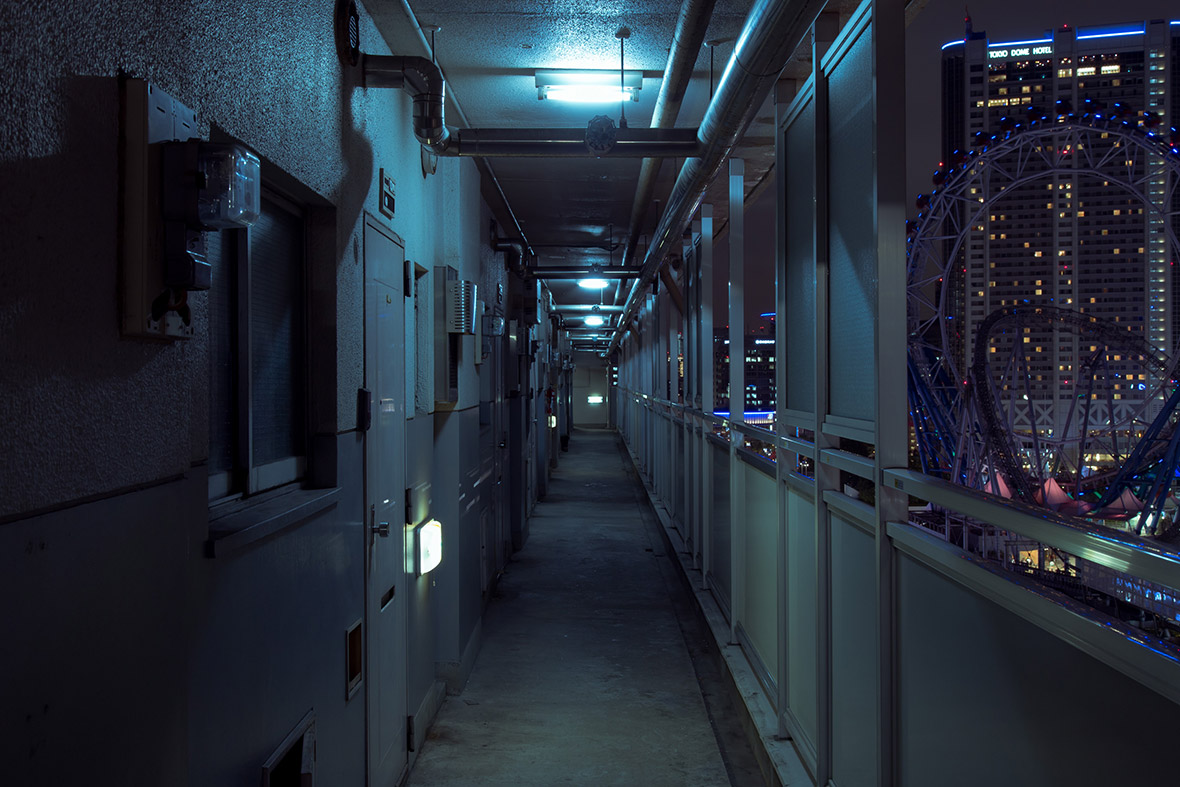
Ellingham’s project is an attempt to record a part of Japanese history that will slowly fade away in time, as the danchi are destined to be demolished for newer residential buildings. Despite the melancholic mood conveyed in his photographs, Ellingham sees hope and beauty in the danchi that remain: “There’s a certain kind of nostalgia in these places. The look of it is cold concrete, but inside, you find playgrounds, mural art, community facilities, glimmers of hope, and thei original dream: tomorrow will be better than yesterday.”
Cody 试图通过这个摄影项目,记录日本的一部分历史。随着 Danchi 被逐渐拆除,新的住宅建筑取而代之,这些历史将会随着时间的推移而逐渐消失。尽管他的照片中透露着忧郁的情绪,但 Cody 依然在 danchi 中找到了希望与美丽:“这些地方有着某种怀旧之情。它的外观是冰冷的混凝土,但在内心深处,你会发现一丝希望,运动场、壁画艺术、社区设施,以及最初的梦想——明天会更好。”
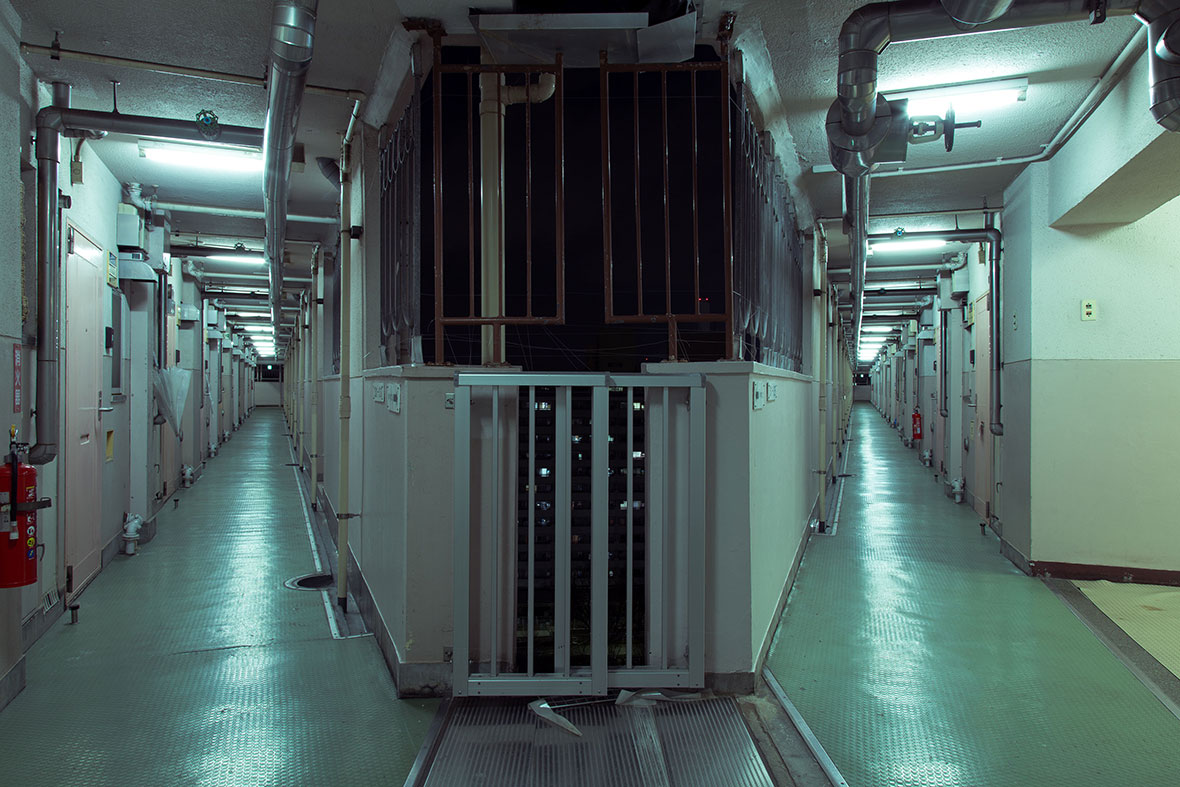
DANCHI: Dreams of Modernity will be exhibited on May 12th, 2018. The exhibition will be held in Tokyo’s Koto District. To find out more about the event, click here.
《DANCHI: Dreams of Modernity》摄影展览将于东京江东区 2018年5月12日开幕。了解更多,请点击此处。
